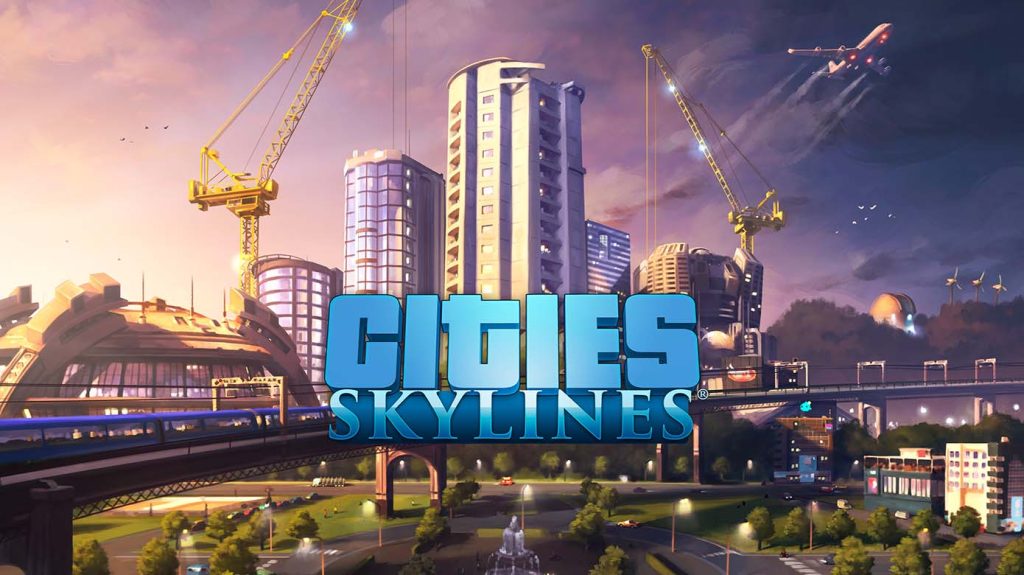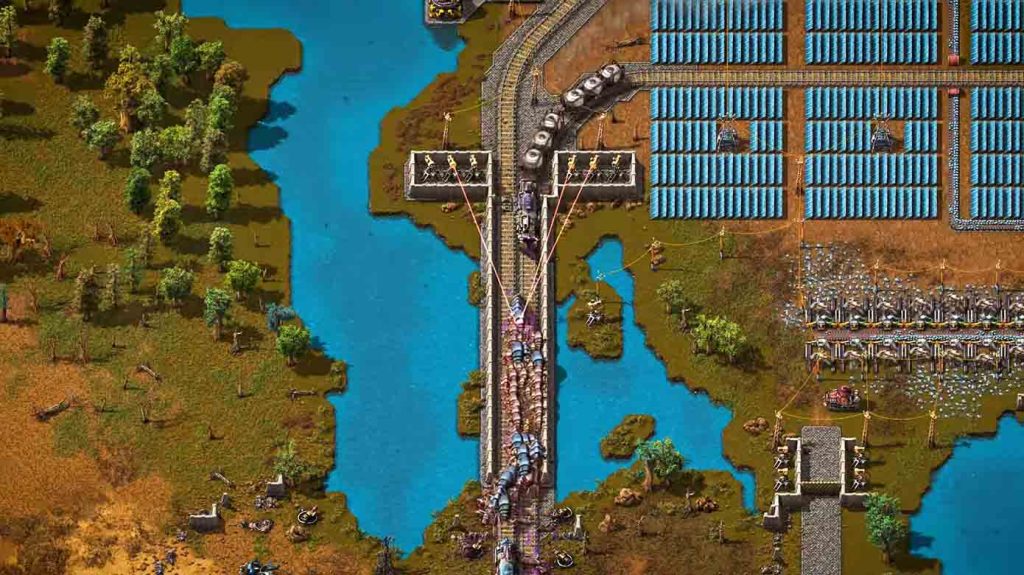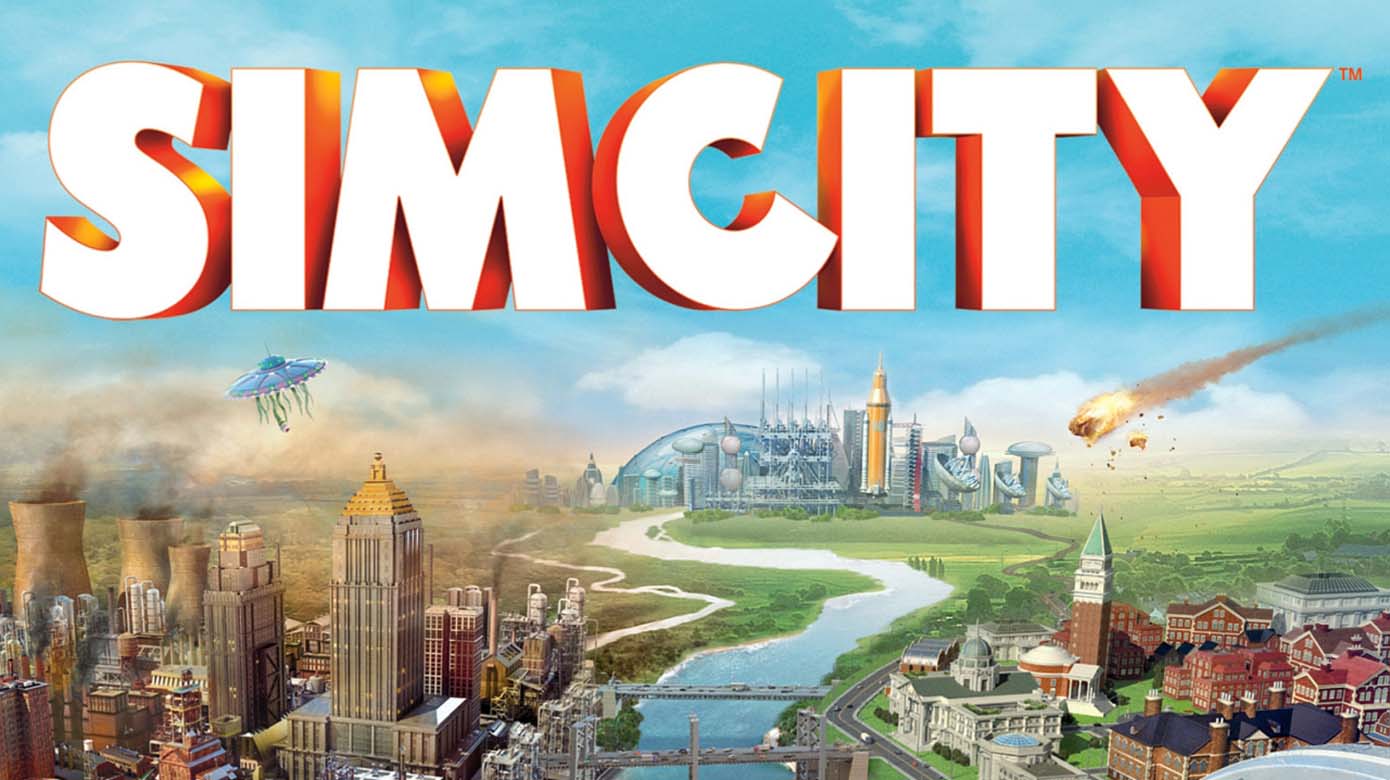I have countless times imagined myself standing beside the iron rails of the Victorian era, steam locomotives hissing white mist nearby, distant tracks shimmering metallically in the sunlight. A black colossus, topped with rolling smoke, emerged slowly from the mist—a symbol of industrial glory, a legend of technology intertwined with ambition. And when I finally sat before the screen and launched Royal Railways: The Steam Legend of Simulation Management, that dream suddenly felt within reach.
This game immerses me into a complex yet enchanting world where railroad tracks are not cold instruments, but veins leading to power, wealth, and glory. In the thriving field of simulation-management games, Royal Railways stands out—not for flashy presentation, but for its astonishing sincerity and depth in historical accuracy, system design, economic architecture, and attention to detail.
One: The Dream of the Industrial Age and the Poetry of Tracks
Whenever I play simulation-management games, I hope they transcend mere numbers and models, capturing the rhythm, pulse, and spirit of an era. The starting setting of Royal Railways immediately absorbed me: embarking from 1830s Britain, when steam locomotion was nascent and railroad tech immature, I played as a hopeful young railway entrepreneur bearing family dreams. Funds were scarce, supporters few, yet my faith in the future was unshakeable.
The game doesn’t just explain its historical backdrop—it translates it into concrete mechanics: early locomotives are slow and failure-prone; building railways involves terrain, legal entanglements, land rights, and multiple challenges—you cannot arbitrarily draw a straight line between cities. You must weigh route options, consider bridges and tunnel costs, even negotiate or bribe landowners. This realistic complexity signaled to me immediately that the game isn’t a casual “point-and-click” experience, but a strategic battle of intellect.
Two: From Steam Locomotive to Empire Monopoly—My Path of Management
The game’s charm lies in its multi-threaded progression. From initially connecting towns and transporting coal and iron ore, to later constructing national and even cross-border railway networks, players confront not just building tracks and buying engines, but the micro-management of a capitalist industrial system.
I first realized the importance of “efficiency” while transporting cotton from Manchester to a textile factory in Liverpool. A single-track railway meant trains awaited passing trains mid-route, delaying the entire production line. In that moment, I began optimizing scheduling through signal systems, even creating bypass sidings to relieve bottlenecks. These details, perhaps auto-resolved in other simulation games, became manually managed decisions in Royal Railways.
More intricate was the economic system. Raw material prices fluctuate with the market; factories may close due to poor transport efficiency; investors may withdraw funds if your stock price drops. Monitoring financial statements, adjusting loan interest, dividend policy, even initiating stock buybacks to stabilize investor confidence—all become your responsibilities. It’s railroading, yes—but more fundamentally, the management of a genuine industrial empire.

Three: Horizontal Comparisons—Insights Gained from Three Classic Games
During my deep dive into Royal Railways, I couldn’t help but recall several well-regarded simulation-management titles: Cities: Skylines, SimCity 2013, and Factorio. Though their themes differ, their design philosophies and system depth powerfully informed my understanding of Royal Railways.
Cities: Skylines and Zoning Optimization
Though a city-building game, its core of efficiently connecting zones and planning transportation systems parallels the railway planning in Royal Railways. In Skylines, terrain influences city expansion; in Royal Railways, this becomes more tangible and demanding. A steep slope drastically increases construction costs and slows train speeds; a “shortcut” elevated bridge may be scrapped due to budget overruns. This spatial-economic management made me realize that Royal Railways emphasizes “efficiency first, cost dominant” terrain strategy.
SimCity 2013 and Resource Flow & Industry Logic
Despite controversy, SimCity 2013’s portrayal of interconnected resource flows informs my Royal Railways experience. There, water, electricity, traffic link tightly—one gridlock can disrupt the city. Likewise, in Royal Railways, a single failure in a long supply line can halt a factory and trigger regional economic collapse. Once, neglecting wood inventory in a small town triggered a furniture factory shutdown—I had to rapidly build a branch line to “resupply.” That cascading collapse reinforced the game’s tension and holistic planning sensibility.
Factorio and the Philosophy of Automation & Expansion
Though sci-fi, Factorio’s core loop—Build > Optimize > Automate > Expand—resembles Royal Railways’s mid-late game strategy. Early manual scheduling and inspections give way to signaling systems, automated train dispatch, and multi-line orchestration. In Royal Railways, the late game isn’t “let trains run”; it’s about tweaking nodes, upgrading engines, and refining logistics. Playing Factorio honed an engineering mindset essential to mastering Royal Railways.
Four: The Allure of Details and the Power of Immersion
What surprised me most about Royal Railways is its pursuit of detail. From art style and audio design to social simulation fidelity, its immersion transcends typical game boundaries.
• Visual Style: Realistic yet warm visuals—even green fields and cities appear softly through steam fog. A morning train cutting through mist under golden sunlight feels like unfolding historical tableau.
• Sound Design: The roar of engines, hiss of steam, station clamor, even the dispatch bell—all meticulously reproduced. Standing in a rainy London station at night, listening to raindrops tapping on rails, I almost forgot I was behind a screen.
• Societal Evolution: As time advances, cities auto-develop—factories expand, populations grow, technological shifts occur. A once profitable line may be replaced by electrified rail or maritime routes after two decades, forcing continual reform. History is not just backdrop; it’s a dynamic force that changes gameplay.
Five: Reflection and the Future—My Understanding of the Railway Management Legend

After dozens of hours in Royal Railways, I realized it portrays a “victory of rationality”: technology conquering terrain, capital overcoming tradition, planning prevailing over chaos. But beneath this seemingly cold industrial triumph lie the emotions of countless individuals—workers, nobles, citizens, investors, and players like me.
In one game decision, I chose to demolish an entire village to pave a high-speed rail corridor. The financial gain was spectacular—but seeing that once-thriving town fade into ruins filled me with quiet guilt. Royal Railways’ brilliance lies not just in its rigorous simulation, but in turning management into a social choice narrative. You’re not just a tycoon; you’re shaping the future of that world.
A Track to an Era
Royal Railways: The Steam Legend of Simulation Management is among the most substantial simulation-management games I’ve played recently. It lacks dramatic storytelling or flashy systems, but builds a world grounded in history, logic, and robust systems—one in which I feel I can truly live.
If you yearn to experience an era where steam engines transformed the world, tracks sprawled across lands, and capital danced with ambition—then fire up the engine, blow the whistle, and let us embark again toward the triumphant horizon of the Industrial Age.



